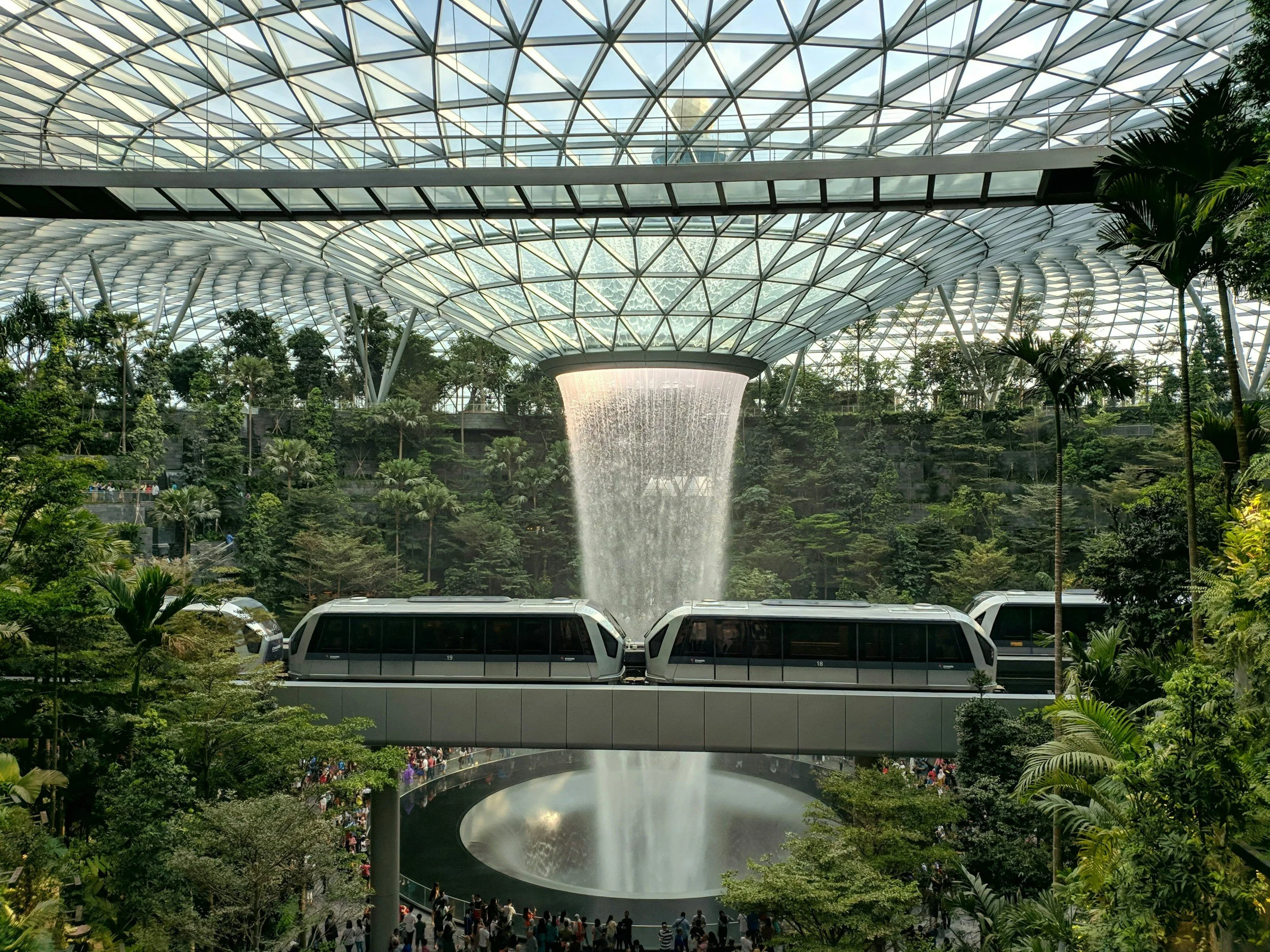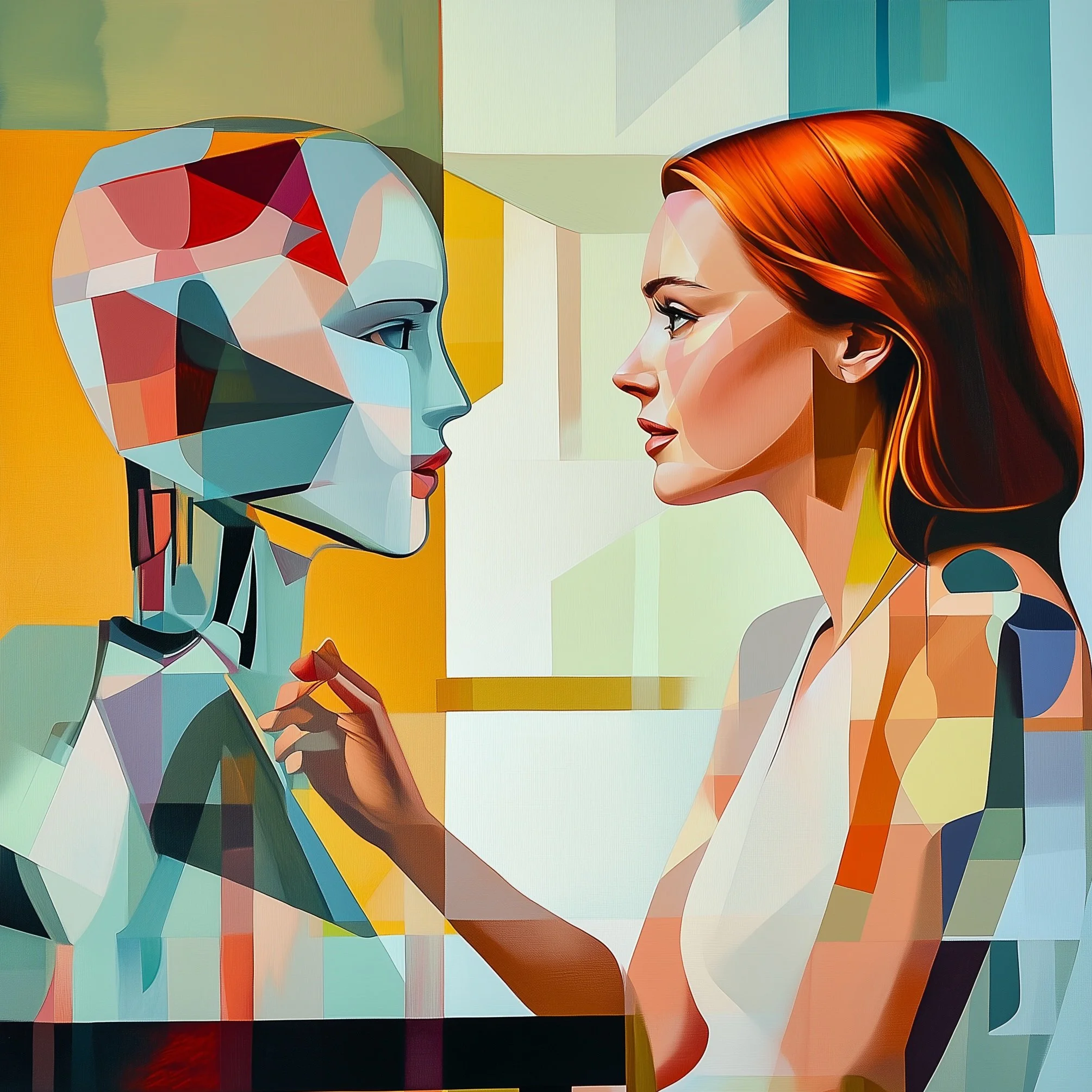
Blog
Ideas That Spread

What Does a Fully AI-Integrated Business Look Like?
Despite AI's potential to transform industries, many companies still struggle to implement it successfully across their entire business. Gartner reports that only 15% of enterprises have integrated AI into multiple processes, with many companies still stuck in the pilot phase. Challenges range from outdated infrastructure to a fundamental lack of AI expertise. But the real barrier often boils down to one thing: trust.

"The Résumé Revolution: Standing Out When Everyone Sounds the Same"
Lately, I've noticed an eerie similarity between my résumé and those of others in my network. Case in point: a colleague recently shared her professional bio on LinkedIn, and as I read it, I had a-ha moment. It was as if she had copy-pasted my résumé! (Of course, she didn’t, but the uncanny resemblance was there.) And it's not because we lack originality; it's because AI résumé tools are crafting everyone's stories from the same algorithmic recipe book.